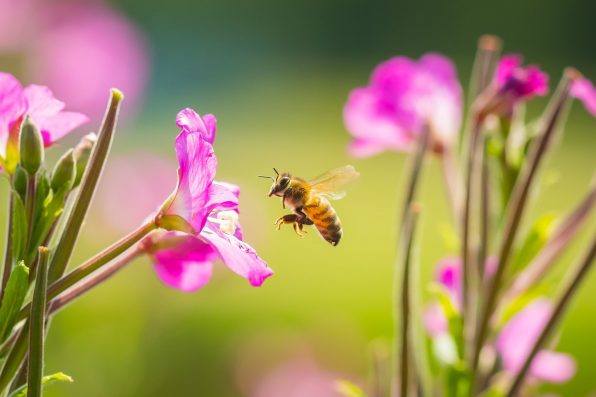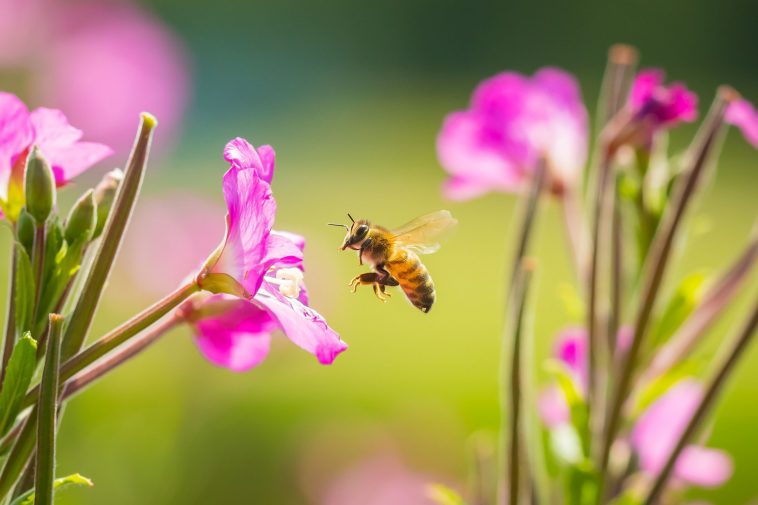There are around 3,500 species of bees in the United States, and several of them are being threatened in multiple ways, causing their numbers to drop dramatically.
Some of the threats to bees include habitat loss, diseases, parasites, pesticides, and climate change. Bees may be the ones experiencing the effects directly, but they’re not the only ones at risk. Their perilous position spells trouble for humans, too.
Without bees, the state of the world would be in shambles. After all, bees help keep us fed by pollinating our food.
So, what exactly is contributing to their endangerment, and how can we help make sure they’re alive and well? By understanding our role in these threats, we can also understand our power to reverse or mitigate them.
Most of the threats to bees are caused by humans. For instance, the spread of large commercial farms has taken over bees’ natural habitats and reduced the diversity of crops they rely on.
This means there is less food and variety for bees to nourish themselves with. Urban development also destroys green spaces by turning them into cities and roads.
Another danger to bees is climate change, which is causing hotter temperatures, increased intensity of storms, and shorter springs. It all affects bees’ nesting behavior, pollination of crops, and migration patterns.
Furthermore, bees experience something called colony collapse disorder, and it leads to severe declines in their populations.
Colony collapse disorder is when bees abandon their hives. According to a 2013 report from the U.S. Department of Agriculture and Environmental Protection Agency, it can be caused by parasites, diseases, lack of nutrition, and exposure to pesticides.

Sign up for Chip Chick’s newsletter and get stories like this delivered to your inbox.


